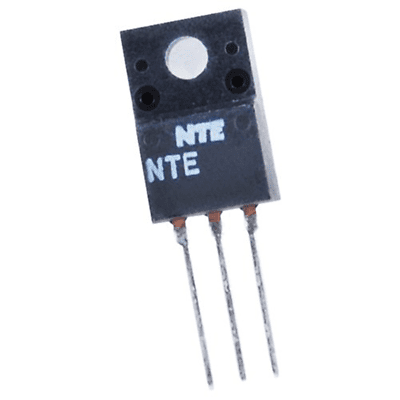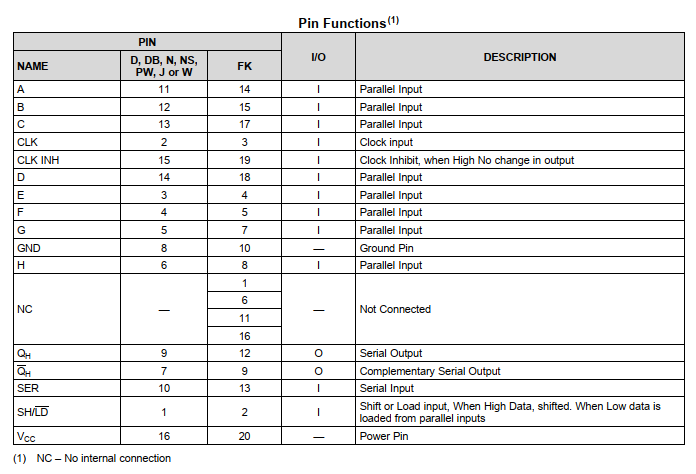
Now the holes will be pushed towards n-type substrate and electrons will be attracted towards the channel. Operation of p-channel Depletion type MOSFET 8 (a) Structure and (b) symbol of p-channel Depletion type MOSFET These two highly doped p-type regions are connected by means of a conducting channel. Structure – There is an n-type substrate with two highly doped p-type regions known as source and drain on the two sides of the substrate material. b) P-channel (PMOS) Depletion type MOSFET The region where V GS is negative is known as the depletion region. The region where V GS is positive is known as the enhancement region. Due to which the curve is extended to the right-hand side. In this case, the value of I D for positive values of V GS is also obtained. It gives the relationship between the drain current, I D and the voltage V GS for a fixed value of V DS.

The transfer characteristic defines the relationship between the input and the output quantity. Transfer characteristics of n-channel dMOSFET Therefore, we conclude that if a positive potential is applied on the gate, the drain current will increase in magnitude and with negative potential on the gate, the drain current will decrease with increasing V GS. The voltage V GS at which I D will become zero is called pinch-off voltage. As the value of V GS becomes more and more negative, the value of drain current will reduce. 6Īs the value of V DS is increased, the drain current I D will increase and after a certain voltage, the current will become constant. Effectively the drain current will increase in magnitude.ĭrain characteristics of n-channel dMOSFET Fig. The positive voltage at the gate terminal will attract electrons which are minority carriers in the p-type substrate due to which the number of electrons in n-channel will increase. 4 Operation of n-channel Depletion type MOSFET After that, the current will become constant. If V DS is kept increasing, then current will continue to increase until all the electrons in the channel contribute to the flow of current.

So electrons start moving from source to drain terminal and in this way, current starts flowing from drain to source in the MOSFET. Operation of n-channel Depletion type MOSFETĪs soon as positive voltage is applied on the drain terminal, the electrons in the n-channel will get attracted towards the positive terminal. 3 (a) Structure and (b) symbol of n-channel Depletion type MOSFET These two highly doped n-type regions are connected by means of a conducting channel. Structure – There is a p-type substrate with two highly doped n-type regions known as the source and drain on the two sides of the substrate material.

a) N-channel (NMOS) Depletion type MOSFET In this type of MOSFET channel is present from the beginning between drain and source. V SD >= V SG –|V th| Classification of MOSFET There is no current in the MOSFET and it behaves like an open switch. Cut-off region – In this mode of operation, the transistor is in OFF state. The operation of a MOSFET can be divided into 3 different modes.ġ. 1 Structure of MOSFET Characteristics of MOSFET The gate electrode is electrically insulated from the substrate by a thin layer of silicon dioxide, SiO 2. The gate material is made up of metal or polysilicon which is heavily doped so that it is conductive. The source and drain are heavily doped as compared to substrate or body. In n-channel device, the drain is at a higher potential than source whereas, in the p-channel device, the source is at a higher potential than drain. The source and drain of a MOSFET are interchangeable. In most of the cases, the body is connected to the source, reducing it into a three-terminal device. The MOSFET consists of four terminals namely source (S), drain (D), gate (G) and body (B).


 0 kommentar(er)
0 kommentar(er)
